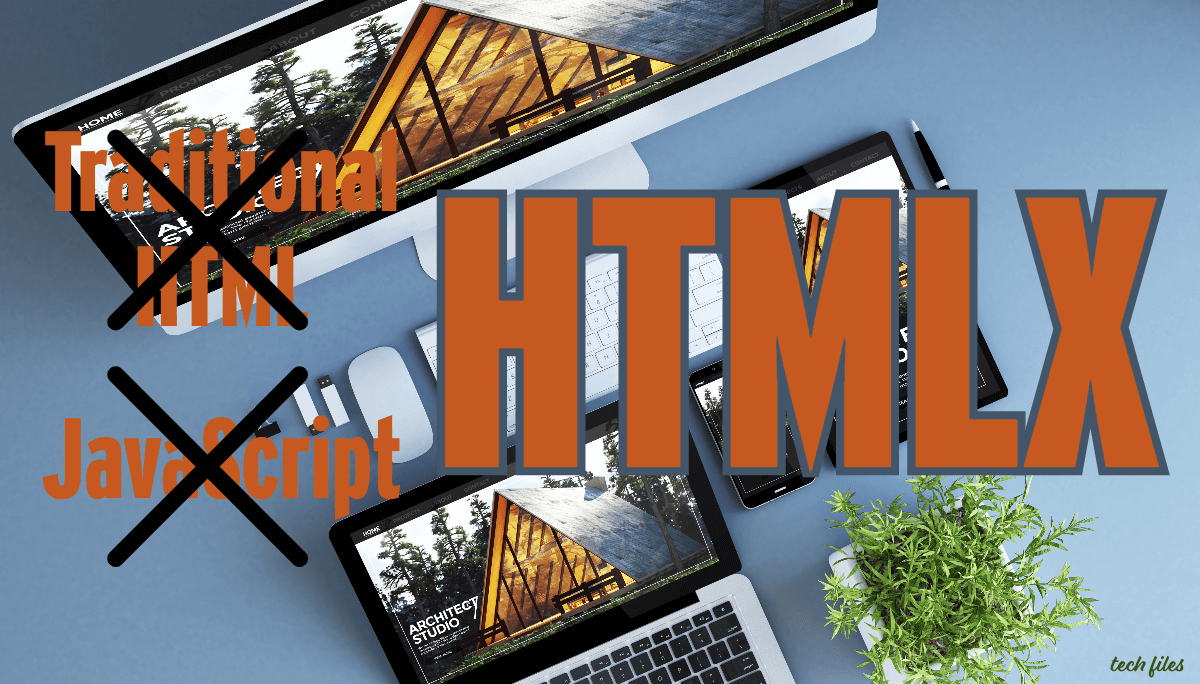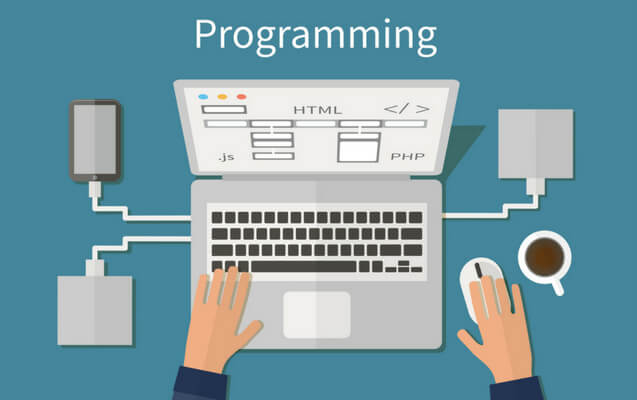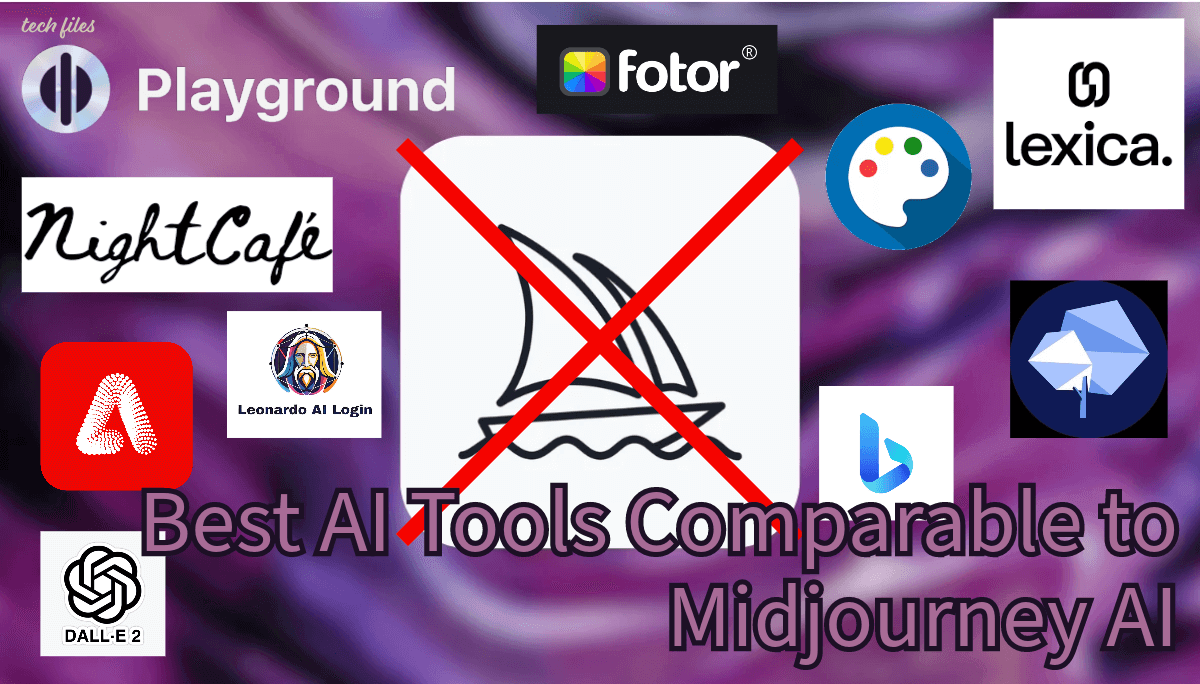Embrace the Power of HTMLX: Unlock Dynamic HTML without JavaScript

HTML, JavaScript, and dynamic web design have long been intertwined. The introduction of interactivity to web pages often requires delving into complex JavaScript code. But what if there was a way to achieve dynamic HTML without the need for extensive JavaScript programming? That’s where HTMLX comes in.
What is HTMLX?
HTMLX is a revolutionary technology that simplifies the creation of dynamic web pages. It allows developers to enhance user experiences without diving deep into JavaScript. With HTMLX, you can achieve dynamic behavior using HTML attributes, reducing the need for extensive JavaScript code. Users will enjoy smoother, more interactive web experiences with HTMLX’s seamless page updates. Additionally, HTMLX saves developers time by enabling quick implementation of dynamic features.
Advantages of Using HTMLX
HTMX brings several advantages to the table:
- Simplified Development: With HTMX, you can achieve dynamic behavior using HTML attributes, reducing the need for extensive JavaScript code.
- Enhanced User Experience: Users will enjoy smoother, more interactive web experiences with HTMX’s seamless page updates.
- Time Efficiency: Developers can save time by implementing dynamic features quickly, thanks to HTMX’s simplicity.
Features of HTMLX
HTMLX wouldn’t be generating so much buzz if it didn’t introduce remarkable features. Let’s take a closer look at some of the standout characteristics:
- Fast Loading Pages HTMLX pages load faster than traditional HTML, ensuring an optimal user experience.
- Seamless Integration It seamlessly integrates with existing HTML code, making it easy for developers to transition.
- Reactive Components HTMLX offers reactive components, enabling developers to build interactive elements effortlessly.
How HTMLX Works?
HTMX operates on a simple principle: it enhances HTML with attributes that define dynamic behavior. This means you can achieve real-time updates and interactions without relying heavily on JavaScript. Here’s a closer look at how HTMX works:
-
Declarative HTML HTMX introduces declarative HTML attributes that specify dynamic behavior. For instance, you can use the hx-get attribute to define an element’s content that should be fetched from the server when an event occurs. This declarative approach makes it easier to understand and maintain code.
-
Minimal JavaScript One of the key advantages of HTMX is its minimal use of JavaScript. While JavaScript is still involved in the background, developers can reduce their reliance on complex scripts. This simplicity leads to faster development cycles and fewer potential bugs.
-
Seamless Integration HTMX seamlessly integrates with existing web technologies. Whether you’re using HTML, CSS, or server-side code, HTMX can complement your stack. It’s a versatile solution that adapts to your project’s needs.
Use Cases
The real power of HTMLX becomes evident when we examine its practical applications. Let’s explore where HTMLX shines:
- Building blazing-fast single-page applications (SPAs).
- Creating responsive web forms and user interfaces.
- Developing feature-rich e-commerce websites.
- Enhancing the user experience on mobile devices.
Practical Applications of HTMLX
HTMLX’s simplicity and power make it a versatile tool for web developers. Here are some practical scenarios where HTMLX can be applied effectively:
Real-Time Data Updates
HTMLX can be used to create web pages that update in real-time when new data becomes available. This is valuable for applications like chat systems, stock market dashboards, and sports scoreboards, where users expect instant updates.
Interactive Forms
Enhance the user experience by using HTMLX to create forms with dynamic validation and immediate feedback. This ensures that users receive instant guidance as they fill out forms, reducing errors and frustration.
Lazy Loading Content
Improve page load times by implementing lazy loading of images, videos, or additional content. HTMLX allows you to fetch content as users scroll, providing a smooth browsing experience.
Single-Page Applications (SPAs)
While SPAs are traditionally associated with heavy JavaScript frameworks, HTMLX offers a lighter alternative. Create SPAs that load and navigate between sections without the need for extensive JavaScript code.
Collaborative Editing
Build collaborative tools such as shared document editors or whiteboards. HTMLX simplifies the synchronization of user interactions in real-time.
HTMLX vs Traditional HTML: A Comparison
HTMLX represents a significant leap forward in web development, but it’s important to understand how it compares to traditional HTML. In this section, we’ll explore the differences and highlight the advantages of HTMLX.
HTMLX vs JavaScript: A Comparison
When considering dynamic HTML implementation, it’s essential to compare HTMLX and JavaScript. While both have their merits, HTMLX offers a simpler approach to achieving dynamic behavior. HTMLX allows developers to enhance their web pages using familiar HTML attributes, reducing the need for extensive JavaScript coding. This simplicity translates to faster development cycles and fewer potential bugs. On the other hand, JavaScript provides more flexibility and control, making it suitable for complex interactions and advanced functionality. However, JavaScript coding can be time-consuming and require a deeper understanding of the language. Ultimately, the choice between HTMLX and JavaScript depends on the specific requirements of your project and your level of comfort with JavaScript programming.
Common Troubleshooting Issues
Even the most experienced developers face challenges from time to time. Here are common troubleshooting issues you might encounter with HTMLX and how to resolve them:
-
Rendering Errors: If you encounter rendering errors, double-check your component structure and ensure all dependencies are correctly linked.
-
Performance Bottlenecks: Slow loading times or unresponsive components can be due to suboptimal code. Optimize your code for better performance.
-
Compatibility Issues: Ensure that HTMLX components work well across various web browsers. Consider cross-browser testing to identify and fix compatibility issues.
Getting Started with HTMLX
Now that you understand the benefits and practical applications of HTMLX, let’s dive into how you can get started with this powerful technology. The following steps will guide you through the installation and setup process:
-
Download HTMLX: The first step is to download the HTMLX library. You can either manually download the latest version from the HTMLX website or include it as a dependency in your project using a package manager like npm or yarn.
-
Include HTMLX in your HTML: Once you have downloaded HTMLX, include it in your HTML file by adding the following script tag:
<script src="path/to/htmlx.js"></script> -
Add HTMLX attributes to your HTML elements: HTMLX works by adding special attributes to your HTML elements to define their dynamic behavior. For example, you can use the
hx-getattribute to fetch data from the server and update a specific element on the page without reloading the entire page.<button hx-get="/api/data" hx-target="#result">Fetch Data</button> <div id="result"></div>In this example, clicking the “Fetch Data” button will send a GET request to the “/api/data” endpoint and update the content of the div element with the id “result” with the response.
-
Handle server-side actions: To handle server-side actions triggered by HTMLX, you need to define appropriate endpoints in your server-side code. These endpoints should return the necessary data or perform the required actions.
By following these steps, you can start incorporating dynamic HTML features into your web applications using HTMLX.
HTMLX with Popular Frameworks: Django HTMLX and Flask HTMLX
HTMLX can be seamlessly integrated with popular web frameworks like Django and Flask, further enhancing its capabilities. Let’s explore how HTMLX can be leveraged with these frameworks.
Django HTMLX
Django HTMLX is a Django extension that provides integration with HTMLX. It simplifies the process of handling HTMLX requests and server-side actions in Django-based applications. With Django HTMLX, you can easily define HTMLX views, endpoints, and templates, making it straightforward to incorporate dynamic HTML features into your Django projects.
Flask HTMLX
Flask HTMLX is a similar extension for the Flask framework. It enables seamless integration between Flask and HTMLX, allowing you to handle HTMLX requests and server-side actions in your Flask applications. Flask HTMLX provides decorators and utility functions to simplify the implementation of dynamic HTML features.
By leveraging Django HTMLX or Flask HTMLX, you can enhance the power of HTMLX in your web applications and take advantage of the features provided by these popular frameworks.
Resources and Documentation for HTMLX
To further explore HTMLX and its capabilities, you can refer to the official HTMLX website and the vibrant community support. The HTMLX website contains the latest version of the library, documentation, and examples. You can browse through the documentation, explore the examples, and get started with HTMLX. Additionally, the HTMLX community is active on various platforms, including forums, chat rooms, and social media. Joining these communities allows you to connect with other HTMLX users, ask questions, share experiences, and stay up-to-date with the latest developments.
Key Takeaways
- HTMX simplifies dynamic HTML.
- It offers improved user experience.
- HTMX can be used in various web projects.
We’ve learned how HTMX operates by enhancing HTML with declarative attributes, minimizing the need for complex JavaScript code. It seamlessly integrates with existing web technologies, making it a valuable addition to any web development toolkit.
Practical applications of HTMX include real-time data updates, interactive forms, lazy loading, single-page applications, and collaborative editing. Its versatility empowers developers to create dynamic and engaging web experiences efficiently.
Conclusion
HTMLX offers a promising approach to web development, simplifying dynamic HTML without sacrificing user experience. With its simplified development process and enhanced user experience, HTMLX empowers developers to create dynamic and engaging web experiences efficiently. Whether you’re building a news portal, gadget reviews site, or how-to guides, HTMLX can play a role in enhancing your web projects. Embrace the future of web development with HTMLX and unlock a world of possibilities.
Start using HTMLX today and experience the power of dynamic HTML without JavaScript!













Sharing is caring!